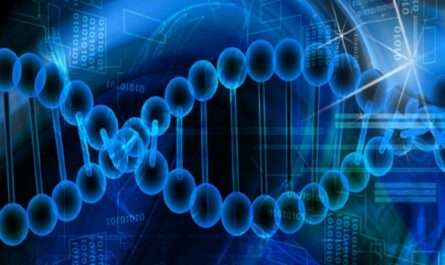
What is Preimplantation Genetic Diagnosis?
Preimplantation genetic diagnosis (PGD) is a procedure that allows embryos created through in vitro fertilization (IVF) to be tested for genetic defects before implantation into the womb. PGD is offered to couples and individuals who are at risk of transmitting a genetic disorder to their children.
How is PGD performed?
During PGD, embryos are created through IVF using sperm and egg from the prospective parent(s). Typically 5-10 embryos are created. On the 3rd day after fertilization, when the embryos consist of just 6-10 cells, one cell is extracted from each embryo without harming the embryo’s development potential. The genetic material from these cells is then analyzed for the known genetic abnormality in the family. Only healthy, unaffected embryos are selected for transfer to the uterus in the hope of establishing a successful pregnancy.
What conditions can PGD test for?
Some common genetic disorders that can currently be tested through PGD include cystic fibrosis, Tay-Sachs disease, sickle cell anemia, thalassemia, fragile X syndrome, myotonic dystrophy, Huntington’s disease and inherited cancer syndromes like BRCA1/BRCA2 mutations. In future, it may be possible to test for many more genetic disorders as well as single gene traits like eye/hair color.
Benefits of Preimplantation Genetic Diagnosis
A major benefit of PGD is that it can allow couples, who are carriers of genetic disorders, to have a healthy, genetically related child of their own without risking the birth of a child affected by the disease. This avoids the psychological and emotional trauma associated with the termination of an affected pregnancy or raising a child with a serious genetic condition. PGD is also useful for women with a high risk of premature ovarian failure, as it allows them to cryopreserve their eggs/embryos for future use before losing their fertility.
Risks and limitations of PGD
While PGD has many advantages, it is not completely risk-free. The IVF process itself carries risks of ovarian hyperstimulation, multiple pregnancy and miscarriage. The procedure of removing a cell from the embryo for testing poses a very small risk of damaging the embryo. There is a possibility of misdiagnosis if the testing is unsuccessful or gives an inaccurate result. PGD is also expensive and not widely available. Not all genetic disorders can currently be tested. It is also not possible to test for inherited conditions that arise from a combination of multiple genetic and environmental factors.
Ethical issues related to PGD
Some argue that selecting embryos based on predicted genetic traits raises ethical concerns and opens the door to abuse like choosing eye/hair color or non-medical attributes. There is a concern that it may encourage the idea that people with disabilities have a lesser right to live. Others point out that avoiding the birth of a child affected by a serious genetic disease respects the prospective child’s right to good health and well-being. Overall, most ethicists feel that PGD is acceptable when used to avoid serious genetic illnesses but caution is needed to prevent its misuse.
The future of PGD
As our understanding of genetics expands, the scope of PGD will continue to grow. Scientists are working on techniques like genome sequencing of single cells that will allow testing of embryos for many thousands of genetic variations simultaneously, including polygenic traits. In future, it may be possible to not just test but even correct genetic defects in embryos through gene editing techniques like CRISPR. While this raises additional ethical concerns, it could help overcome many inherited diseases if proven safe. Advancements in stem cell biology may provide alternatives to PGD by allowing genetic testing and selection at later fetal stages. Overall, PGD is set to transform reproductive medicine and genetics but strict regulations will be needed to ensure its ethical application.
In conclusion, PGD offers a way for at-risk couples to have healthy, genetically related children without facing the risks associated with affected pregnancies. However, it is a complex procedure with limitations. Ongoing research strives to address current limitations while ethical oversight seeks to prevent any misuse. Used judiciously, PGD has the potential to alleviate much genetic suffering worldwide in the coming decades. Nevertheless, caution is warranted as the technology expands further into evaluating multiple genes and capabilities. An ethical framework guiding PGD is crucial so that it remains a responsible tool for improving health rather than enabling eugenics.
*Note:
1. Source: Coherent Market Insights, Public sources, Desk research
2. We have leveraged AI tools to mine information and compile


